Class 10 Social Science Key Concepts - Chapter 4 Gender and Politics
| Table of contents |

|
| Gender and Politics |

|
| Religion, Communalism and Politics |

|
| Caste and Politics |

|
| Caste Inequalities Today |

|
Gender and Politics
- At home, women do cooking, washing, cleaning, tailoring etc.
- Women do upbringing of children.
- Outside the house — men are given superior jobs, dominate politics and public life.
- Women’s social status — low. Not much value attached to their work.
- Result : Gender or sexual division of work. Gender bias in assignment of work.
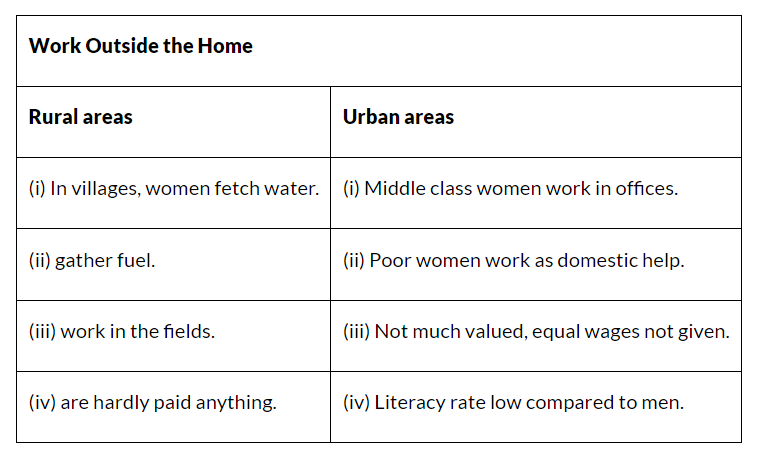
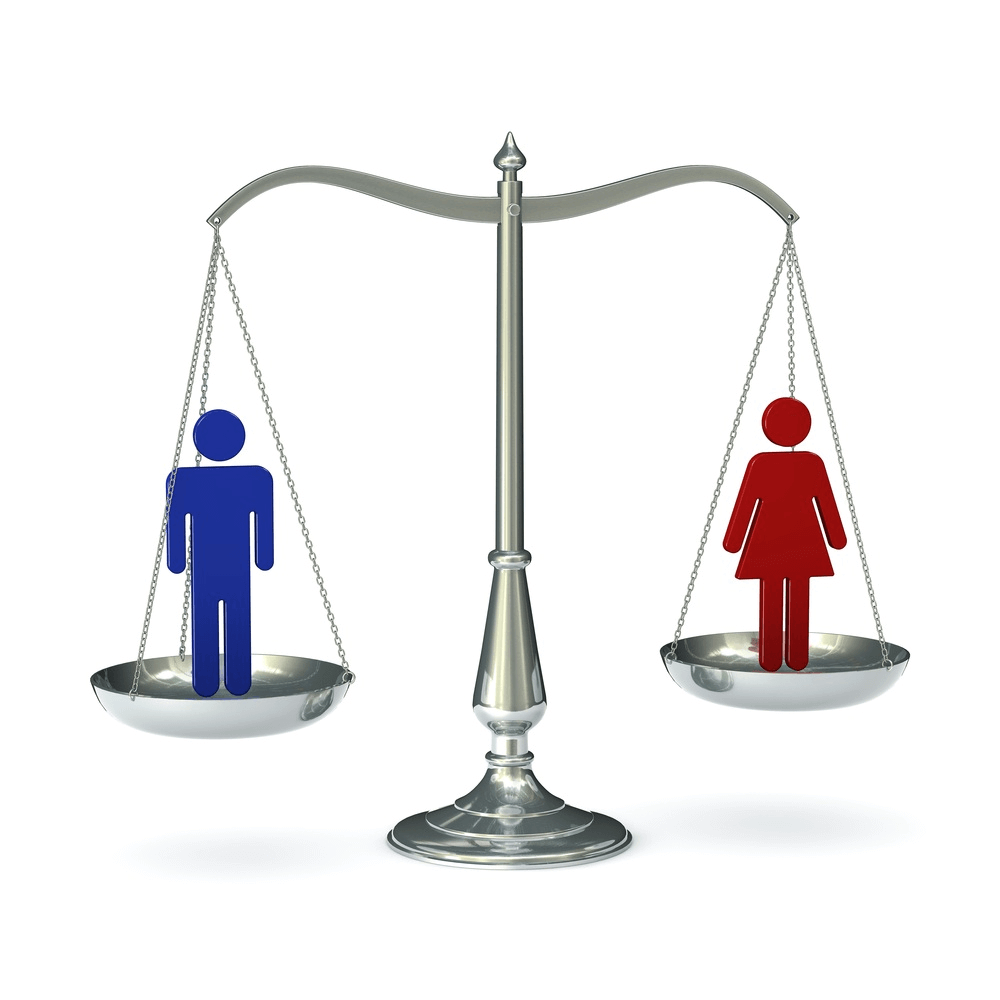
Women: Public Life and Politics
Women’s role is minimum in public life — specially politics. Though they constitute half of the humanity, their role is minimal. In many, even in advanced countries of the world, women were not given voting rights for a long time. They were not allowed and even now not allowed to participate in public affairs or contest for public offices. Women all over the world (not in India) organised agitations, e.g. the suffragette movement in England for equal rights.
- Women demanded educational and job opportunities, improvement in their legal and political status.
- Feminist movements demanded equality in personal and family life also.
Results : There has been a marked change. Women now work as scientists, doctors, engineers, lawyers, managers, college and university teachers. In countries like Norway, Sweden and Finland women participation in public life is very high.
Status of Women in India
- India has a patriarchal society, a society that gives more power to men, values them more and considers them superior to women.
- The literacy rate among women is 54% as compared to the 76% among men.
- Every year girls do better than boys in school results, but more girls dropout as parents want to spend their resources on their sons’ education.
- Though there is an Equal Wages Act which states that women should be paid equal wages for equal work, women are still paid less for the same work.
- A woman works an hour more than a man on an average, yet her work is neither valued nor paid.
- The sex ratio for women is low – 927 girls per 1000 boys. In some states, it is less than 800 per 1000.
- The percentage of elected women members in the Lok Sabha has never even reached 10% of the total members.
- In the assemblies it is only 5%. Among the world nations, India is at the bottom, behind even developing countries, of Africa and Latin America.
- Women are harassed, exploited and subjected to violence, specially in urban areas.
- First step to empower women : Reservation of seats for women in Panchayati Raj. One-third seats are now reserved for women. At present 10 lakh women are elected representatives in rural and urban local bodies.
Religion, Communalism and Politics
Religious Differences
1. India is a land which gave birth to four religions : Hinduism, Jainism, Buddhism and Sikhism.
2. Religious differences usually find expression in politics.
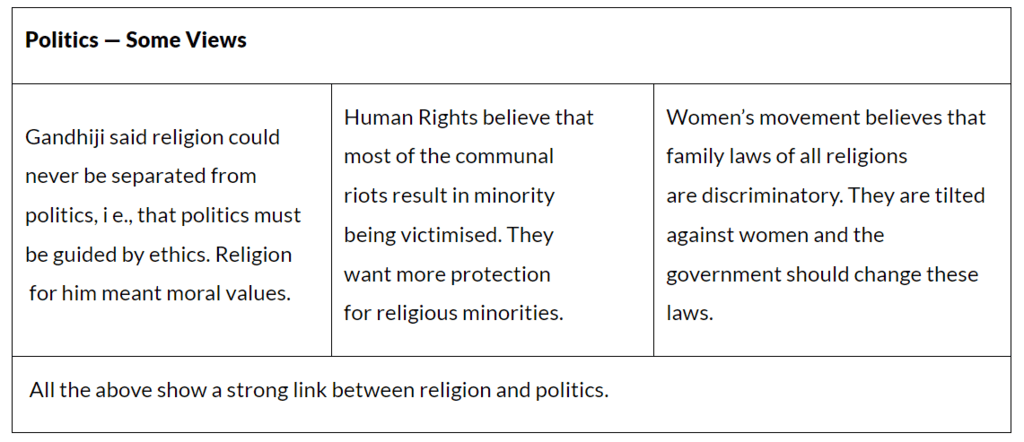
3. If all the religions are treated equally, then people will be able to express their needs, interests and demands.
Features of Communalism
Secularism
- India chose secularism — because communalism was a major challenge.
- No state religion — no religion has a special status (unlike Pakistan, Sri Lanka and England)
Caste and Politics
- Caste and politics have both positive and negative sides.
- Caste inequalities are special to India.
- All societies had some form of division of labour, occupations passed from one generation to another.
- Caste system is an extreme form of division of labour — it has hereditary occupational divisions sanctioned by rituals.
- Political leaders like Mahatma Gandhi, Jyotiba Phule, B.R. Ambedkar, Periyar Ramaswami Naicker promoted a casteless society.
- Nowadays, the caste hierarchy is breaking down. Reason : Economic development, growth of literacy and education, the loss of power and position by landlords in the villages and occupational mobility.
- But caste has not disappeared from present-day India.
- Caste continues to be linked with economic status and access to education.
Caste in Politics
- Caste like communalism, encourages the belief that people belonging to the same caste belong to the same natural community and have the same interests which they do not share with other communities.
- In many places, people vote on the basis of caste and fail to select suitable candidates.
- When political parties nominate candidates or choose them for elections, they keep in mind the caste composition of their constituencies and the people voting.
- When a government is formed after elections, political parties take care of caste equations and different castes are represented in the government. Political parties appeal to caste sentiments during elections.
The focus of caste in politics can create the impression that elections are about caste and nothing else. |
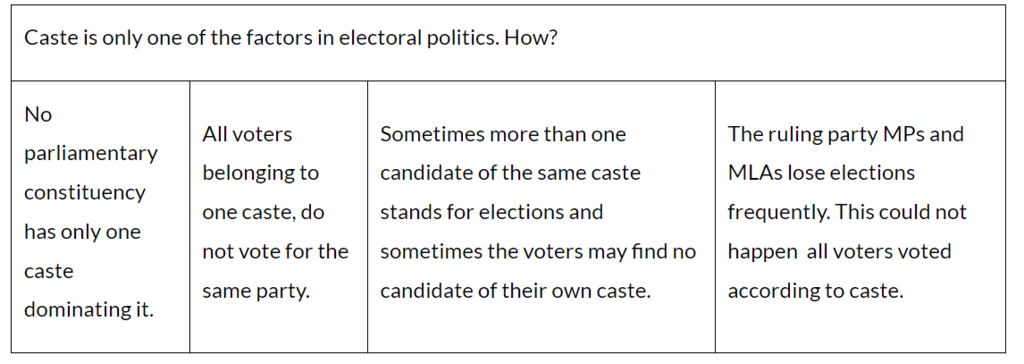
Caste Inequalities Today
- Caste created economic inequality, the untouchable class was denied the right to own land, the right to education. These have been outlawed, but new kinds of inequalities have developed.
- Today, it is possible to find very rich and very poor in every caste.
- Still the upper castes are better off. Dalits and Adivasis are the worse off and Backward classes are in between.
- People living below the poverty line are to be found more in the lowest castes and much less in the upper castes.
Percentage of Population Living Below the Poverty Line, 1999–2000
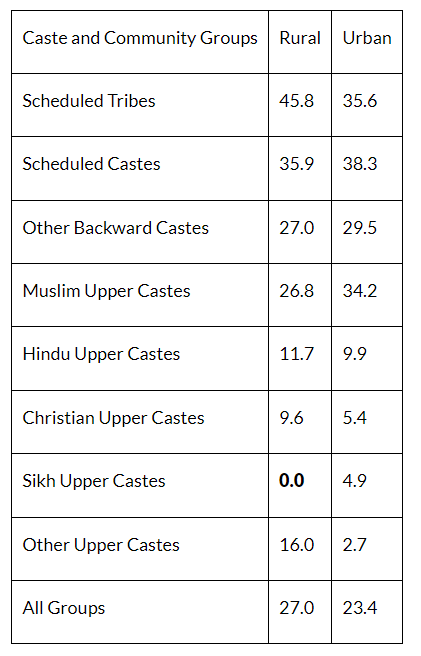
Politics In Caste
Politics also influence caste identities
|
66 videos|614 docs|79 tests
|
FAQs on Class 10 Social Science Key Concepts - Chapter 4 Gender and Politics
| 1. क्या जेंडर राजनीति में कैसे भूमिका निभाता है? |  |
| 2. धर्म और राजनीति के बीच संबंध क्या है? |  |
| 3. जातिगत राजनीति क्या है और यह समाज को कैसे प्रभावित करती है? |  |
| 4. आज की जातिगत असमानताएँ क्या हैं? |  |
| 5. क्या धर्म, जाति और जेंडर राजनीति पर प्रभाव डालते हैं? |  |





















